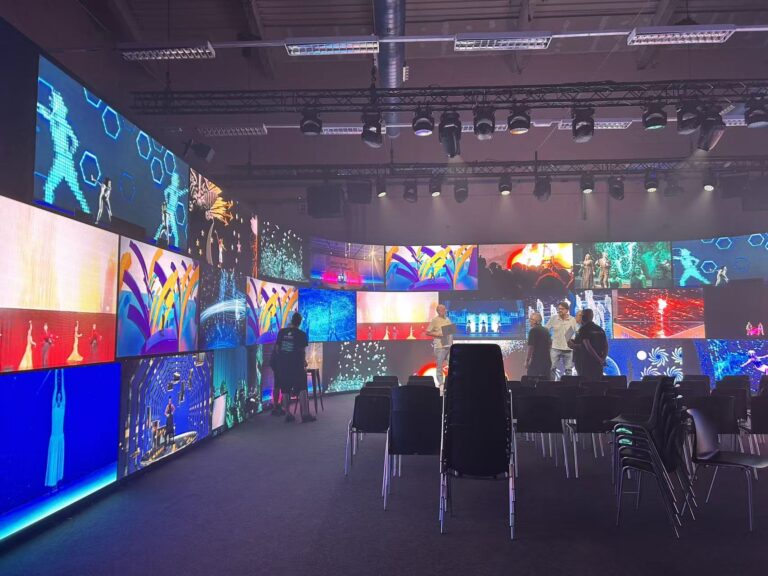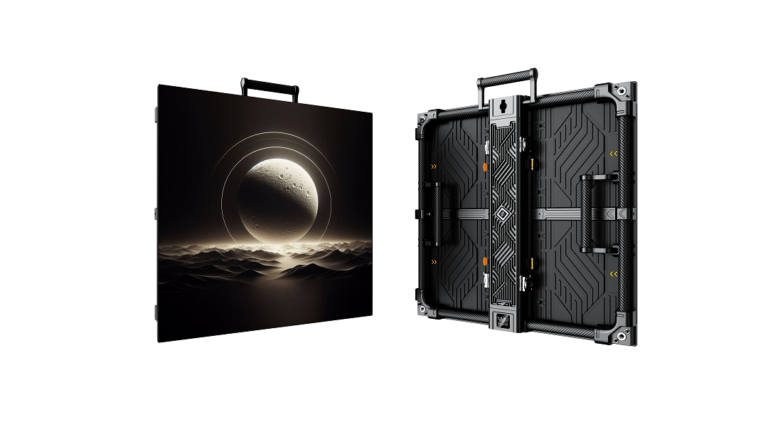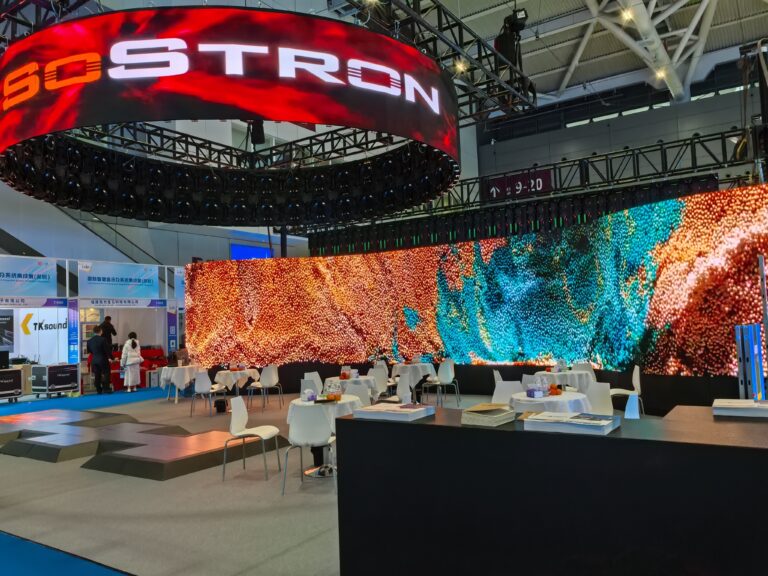LED (Light Emitting Diode) and LCD (Liquid Crystal Display) are two common display technologies. They have many differences in principles, working methods and characteristics.
The differences between them are detailed below:
Working principle:
LED: LED displays use light-emitting diodes to produce light. When current passes through the LED, it emits visible light, which is the main principle of the LED display. LEDs can be divided into different colors, such as red, green and blue, and various colors can be produced by combining LEDs of different colors.
LCD: LCD uses liquid crystal molecules to control the passage of light. Liquid crystal is a non-luminous substance that requires a backlight (usually an LED) to illuminate the screen. The arrangement of liquid crystal molecules can be adjusted by voltage, thereby controlling the degree of light transmission and forming an image.
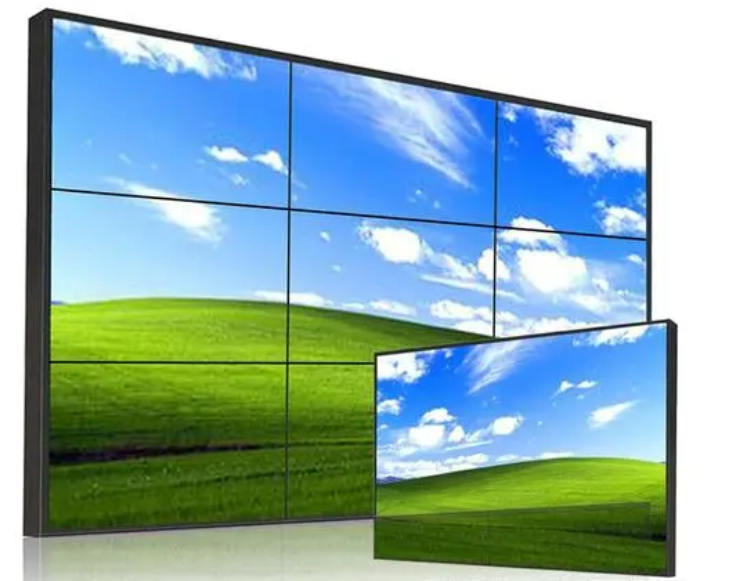
Display effect:
LED: LED displays usually have higher brightness and higher contrast, so they are easier to see outdoors or in bright environments. They can also achieve deeper black levels, providing better image quality.
LCD: LCD screens typically have low brightness and contrast and require a backlight to provide brightness. This can lead to poor visibility in bright environments, and blacks are not as deep as LED displays.
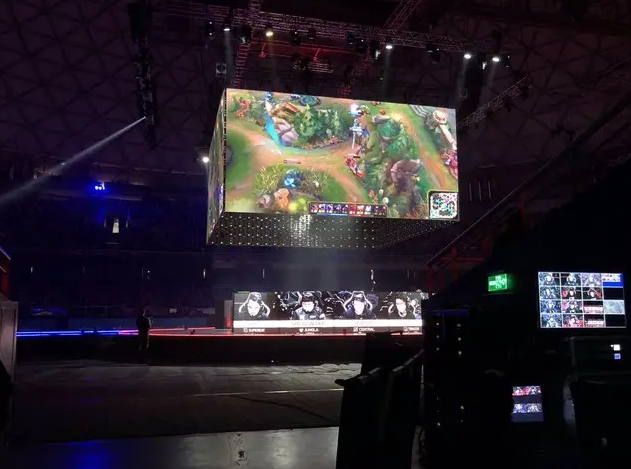
Energy efficiency:
LED: LED displays are generally more energy efficient than LCDs. Because LEDs only light up when needed, LCDs require the backlight to be on all the time.
LCD: LCD screens require constant power to keep the backlight on, which makes them consume more power over extended periods of use.
Thinness and Weight:
LED: LED displays are usually thinner and lighter because they don’t require a lot of backlighting.
LCD: LCD screens are relatively thick because they require a backlight module.
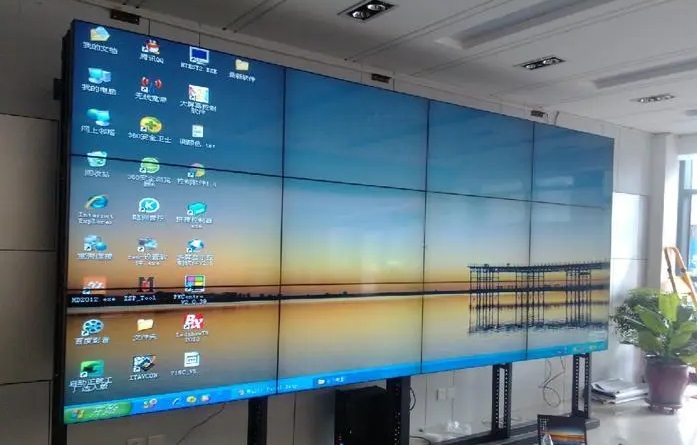
Viewing angle:
LED: LED displays usually have a wider viewing angle, so viewers can see clear images from various angles.
LCD: LCD screens may experience color shift or brightness reduction at larger angles.
Response time:
LED: LED displays generally have a faster response time and are suitable for applications that require high-speed image changes, such as gaming.
LCD: LCD screens have a longer response time, which may cause blurring or smearing in fast action scenes.
Which one is more suitable for playing games, LED or LCD?
In fact, the LED display screen is actually an LCD display screen, but it uses an LED backlight LCD TV. The LCD display screen that everyone calls is a traditional liquid crystal display screen that uses CCFL backlight. The display principle is similar. Here I Liquid crystal displays using these two backlight types are collectively called LCD displays. The pixels of an LCD display cannot illuminate themselves, while the pixels of an OLED screen can illuminate themselves. This is the biggest difference between the two screens. Now Samsung’s AMOLED screen In fact, it is also a type of OLED screen. AMOLED can achieve continuous screen display thanks to the self-illuminating characteristics of OLED screen pixels. Because LCD screens do not self-illuminate, the LCD screen uses a blue LED backlight panel, and on it It is covered with red filter, green filter and colorless filter. When blue light passes through the three filters, it forms the three primary colors of RGB. However, the blue light cannot be completely absorbed by the filter, and will penetrate the screen and form short wavelength. Blue light can cause damage when human eyes are in close contact for a long time. Therefore, no matter what kind of screen it is, it will cause damage to vision. We should try to avoid looking at the mobile phone screen for a long time. But LCD is more suitable for playing games.
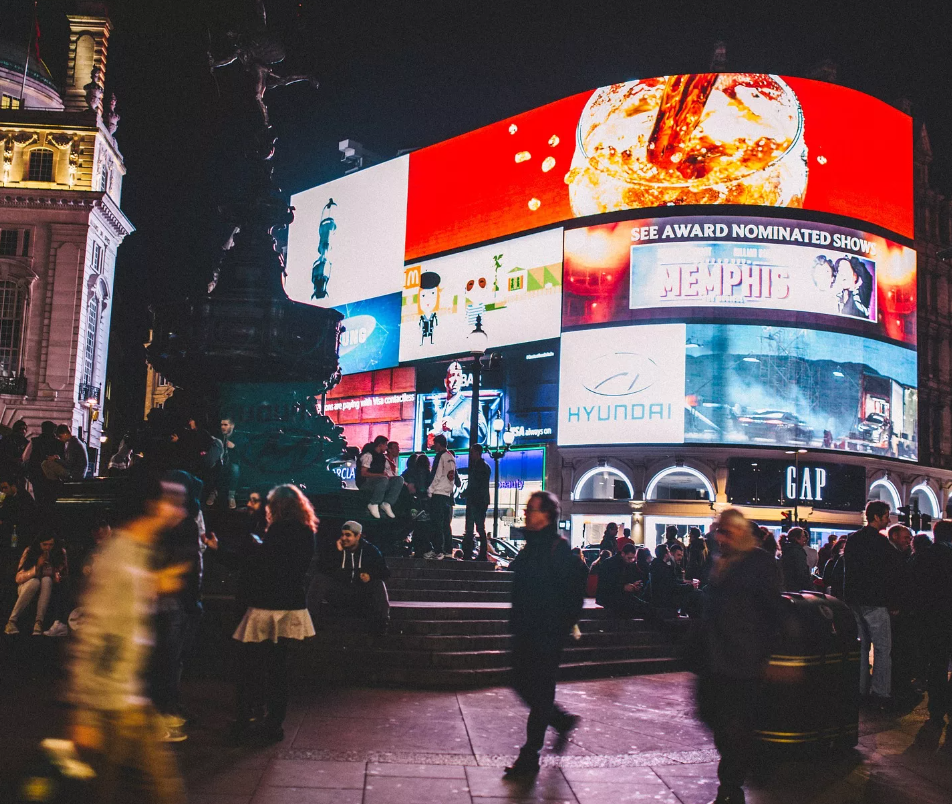
Which is more suitable for commercial display, LED or LCD?
According to data released by Beijing Yanjing Bizhi Information Consulting, from 2016 to 2021, the global new display market size increased from 625 billion yuan to about 1852 billion yuan, with an average annual growth rate of 39.3%. The total global market size will further increase in 2022 To more than 1968 billion yuan, an increase of about 6.3% compared with the same period in 2021.
As the best in the display field, LED display and LCD splicing screen, the competition between the two is inevitable. Judging from the current situation, LED displays and LCDs are competing in the display field. It is obvious that LED displays have the characteristics of seamless splicing, high-definition and delicate pictures, high contrast, high brightness, wide viewing angles and small spacing LED displays. Shows a broader market prospect.
At present, affected by the unstable factors of the global economy, the commercial display industry will be impacted to a certain extent. The market demand will slow down, and the demand for LCD splicing screens will be relatively reduced. If LCD manufacturers want to seek a wider market, they must continuously improve LCD display performance, splicing gaps, quality standardization, after-sales service standardization and user experience, etc. By improving the quality management, packaging and installation of commercial display products, we can improve product project reliability and reduce product costs, thereby seizing more market share.


